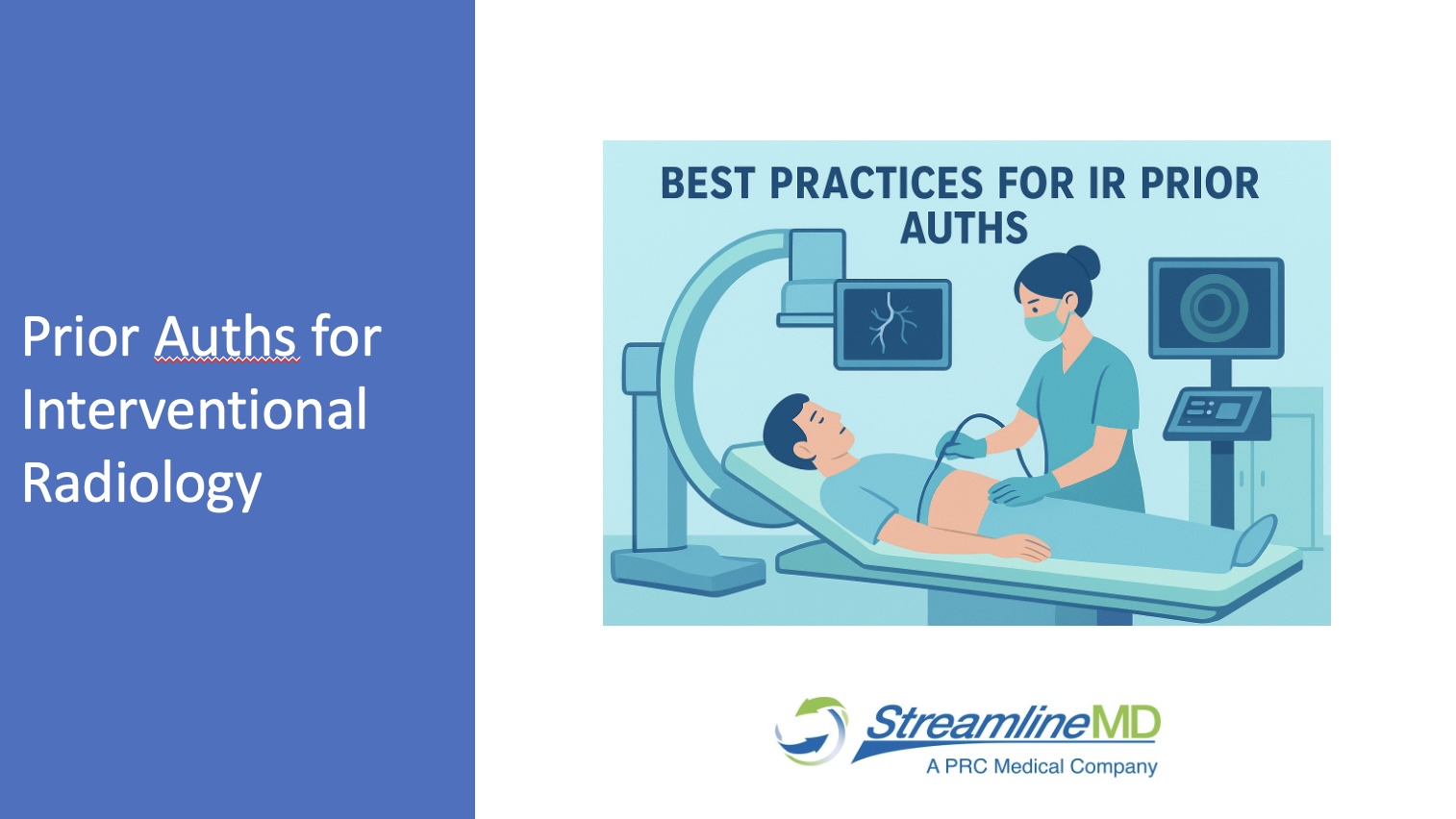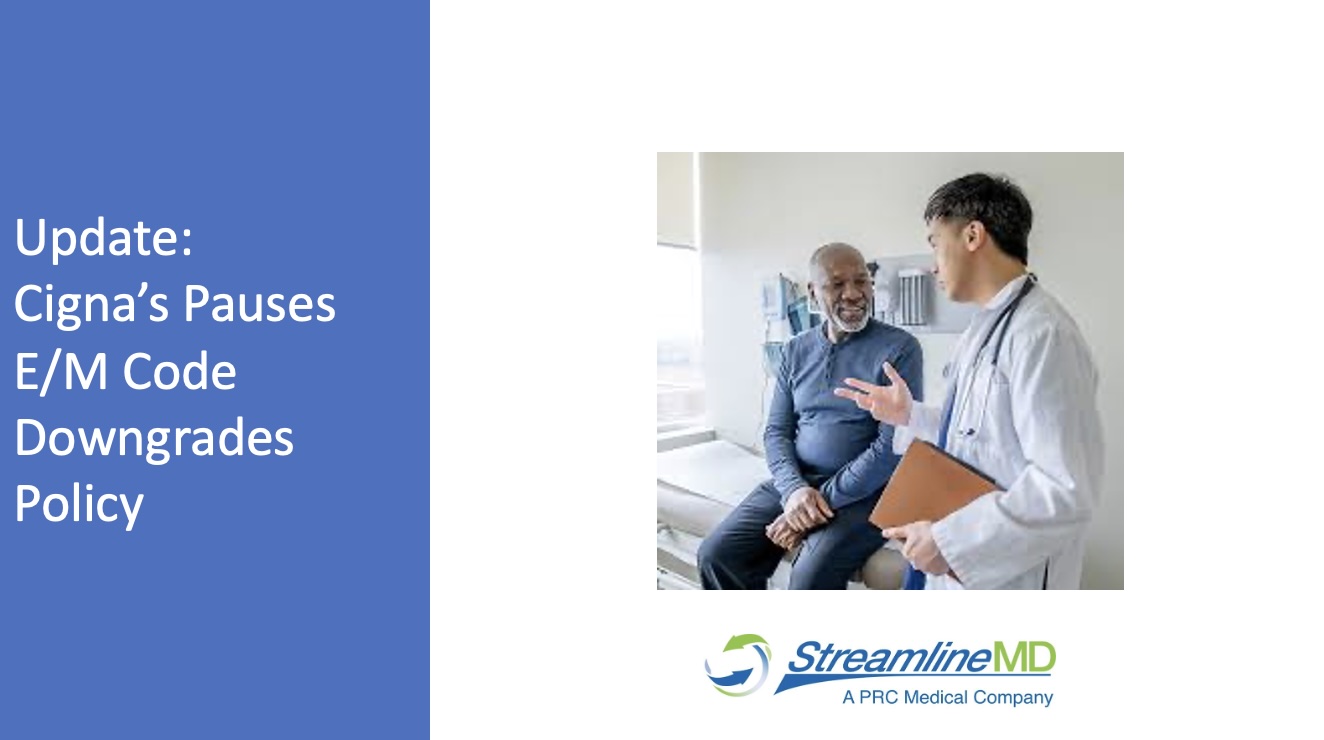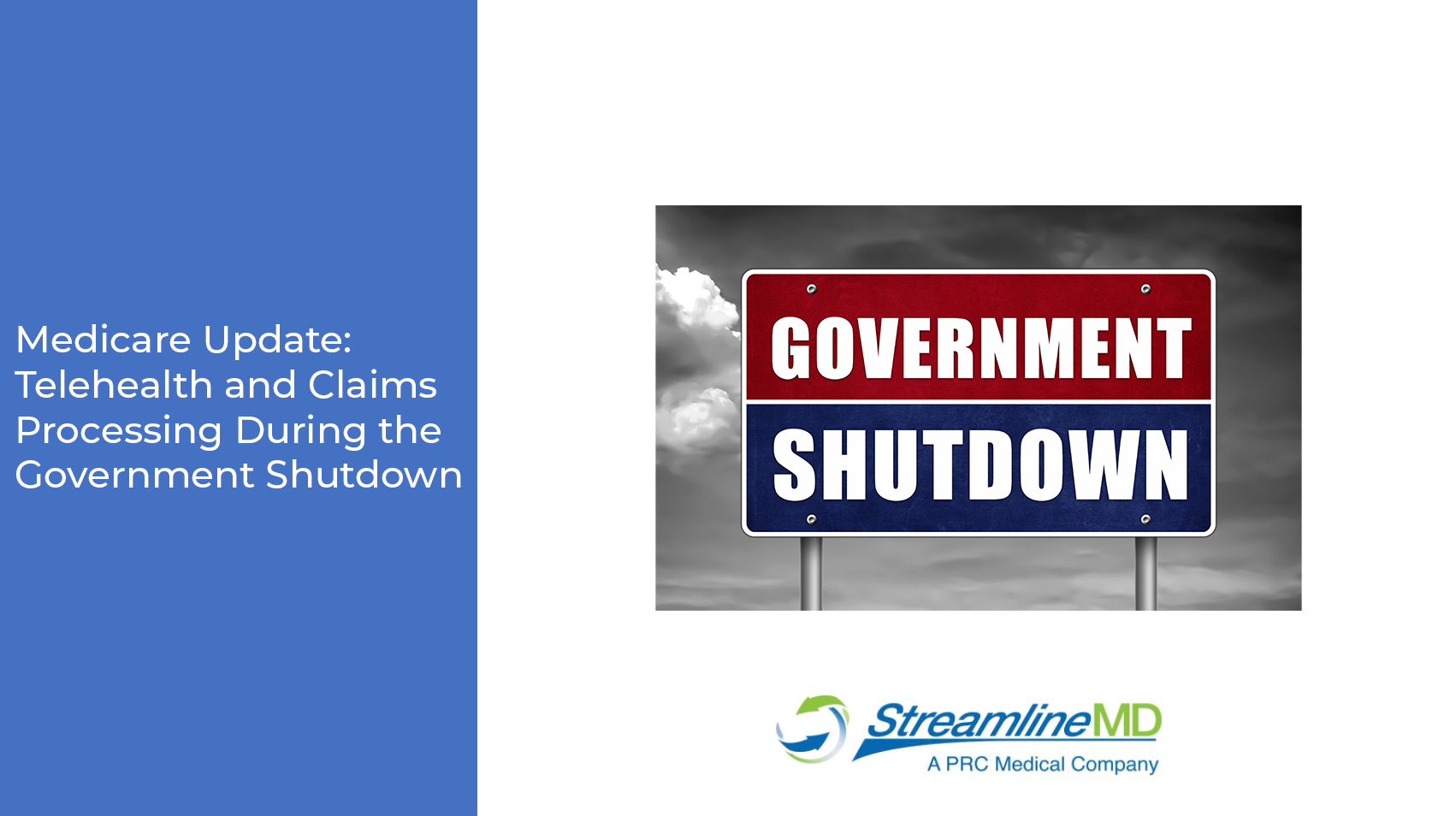Are You Using Modifier 25 Correctly?
Including modifier 25 appended to a procedure tells the insurer you should be paid for both an E/M consult and a procedure performed at the same visit. This often-misused modifier indicates that documentation is available in the patient’s records which supports the distinct, significant, and separately identifiable nature of the evaluation and management service.
All medical procedures have an “inherent” E/M component that assesses the medical necessity of the procedure and the patient’s overall health. E/M is considered to be part of the service and not separately billable if the office visit briefly touches on the reason for which the procedure is being performed. However, work which is “integral to that procedure” does not support a separately billable E/M service. For modifier 25 to be assigned, the patient’s condition must require the provider to go above and beyond the usual care associated with the procedure.
The Centers for Medicare & Medicaid Services is concerned about the potential overuse and misuse of modifier 25. The Office of the Inspector General (OIG) published an analysis showing that 35 percent of Medicare claims with modifier 25 did not meet Medicare program requirements. Since then, CMS and private payors have increased their scrutiny of codes reported with this modifier, sometimes resulting in significant repayment to Medicare.
Clinicians should ask themselves the following questions to determine if modifier 25 is appropriate:
- Did you perform and document the key components of a problem-oriented E/M service for the complaint or problem?
- Could the complaint or problem stand alone as a billable service?
- Is there a different diagnosis for this portion of the visit?
- Did you perform extra work that went above and beyond the typical pre or postoperative work associated with the procedure code?
When appending modifier 25 to an E/M code, documentation for any additional finding must “stand-alone” and show a separately identifiable (new) problem addressed at the visit. The documentation should include:
- A patient history.
- A list of co-morbidities and their potential effects on the current condition.
- A problem pertinent examination.
- An individual plan of care for the new.
When completing the record, allow your documentation to “paint a picture” so a payer can follow your thought process. Clearly document the care required that stands alone and goes above and beyond what is normally included in a procedure visit. When documented appropriately, timely reimbursement will soon follow.
References:
- https://www.novitas-solutions.com/webcenter/portal/MedicareJH/pagebyid?contentId=00153948
- https://oig.hhs.gov/oei/reports/oei-07-03-00470.pdf
Disclaimer: Accurate coding is the responsibility of the provider. This summary is intended only to serve as a resource to assist in the billing process.
Candice Chandler CPC, CEMC
StreamlineMD – Coding Manager
cchandler@streamlinemd.com



